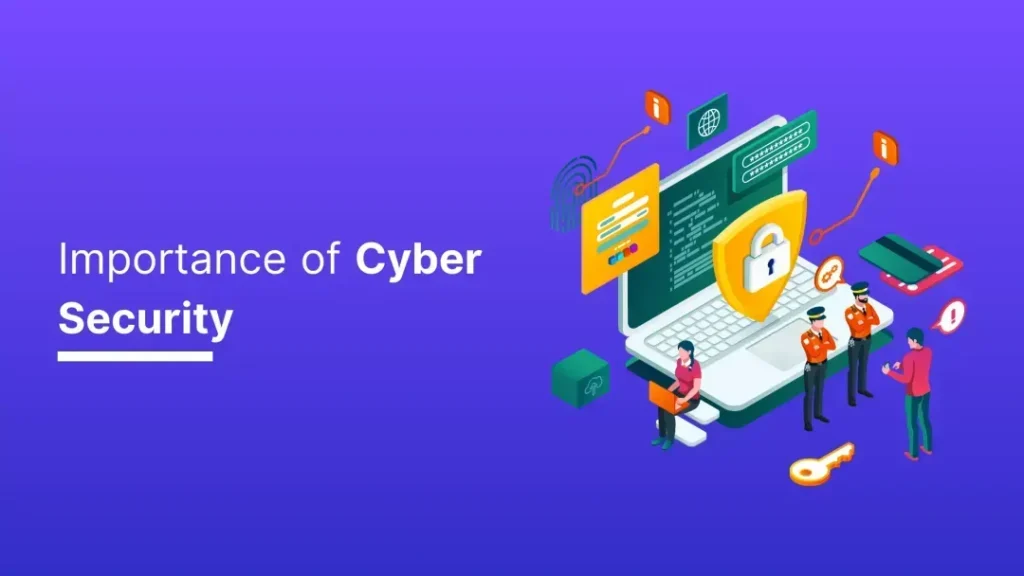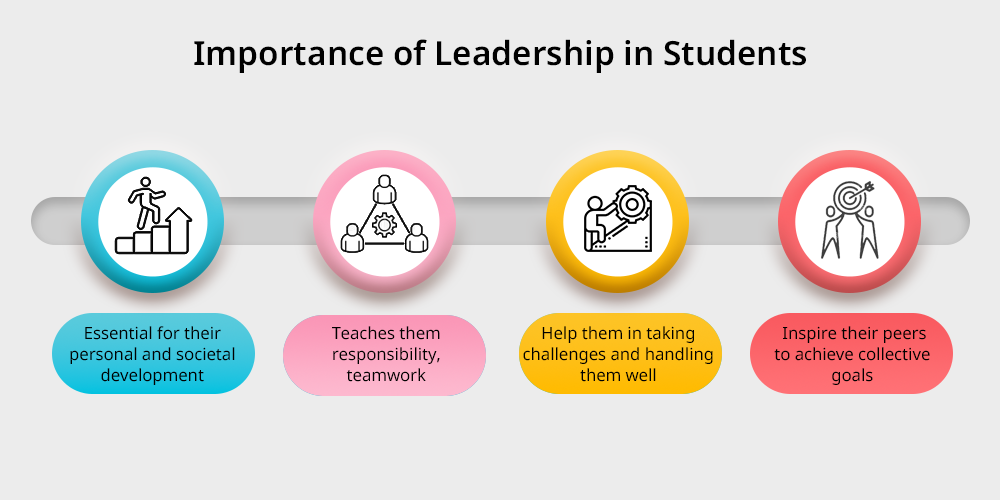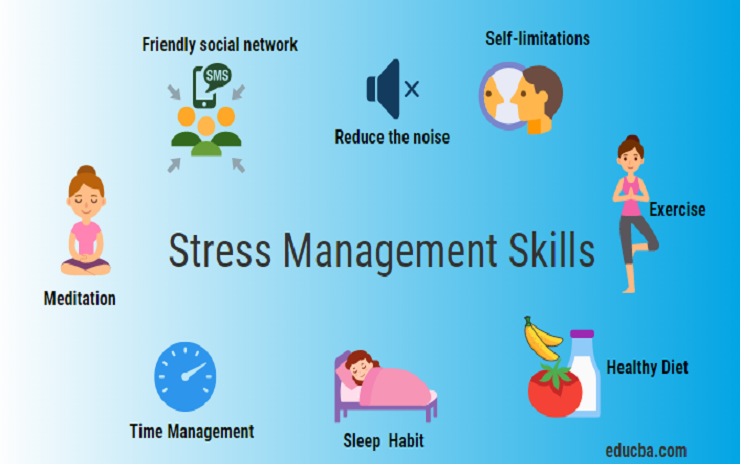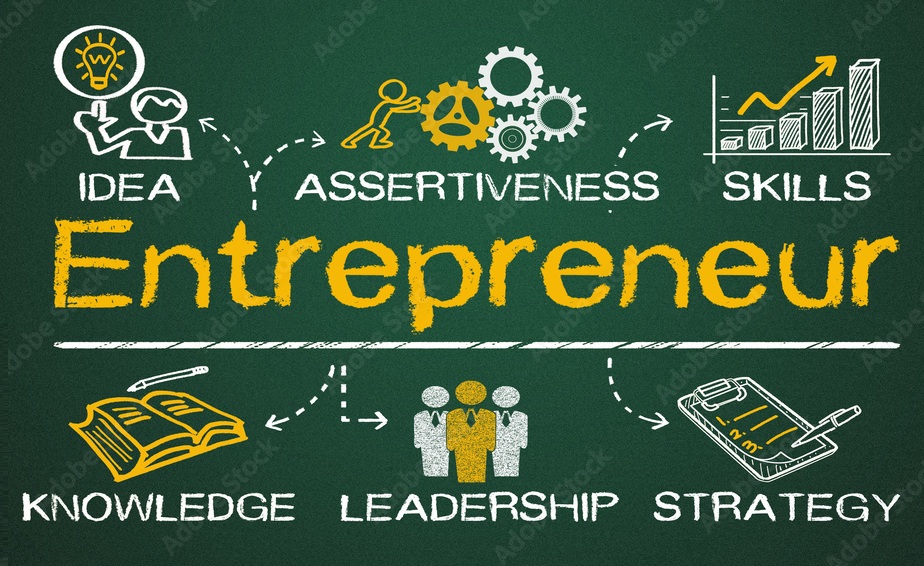Secure & Smart Future with Blockchain in Education
Blockchain in Education is rapidly emerging as a revolutionary force in academic systems worldwide. As educational institutions increasingly digitize their operations, blockchain technology is paving the way for secure, transparent, and efficient processes in learning and credential verification. From streamlining administrative tasks to authenticating qualifications, this innovation holds immense promise. This article explores how Blockchain in Education is not just a futuristic concept, but a practical tool being embraced today. With its ability to address long-standing issues like document forgery, data security, and administrative inefficiencies, blockchain is redefining how institutions operate and how students benefit from a more trustworthy academic experience. Introduction to Blockchain in Education The integration of Blockchain in Education represents a significant shift in how learning systems operate. At its core, blockchain offers a decentralized, tamper-proof ledger that securely stores data—an essential feature in academic environments where transparency and verification are crucial. Schools, colleges, and universities are increasingly exploring blockchain to issue digital certificates, verify qualifications, and maintain student records with enhanced accuracy. With rising concerns about fraudulent degrees and data breaches, the Blockchain in Education movement provides a much-needed solution. Not only does it enable institutions to validate credentials in real-time, but it also empowers students to own and share their academic achievements securely. Revolutionizing Academic Credentials A key area where Blockchain in Education shows immense value is in issuing and verifying academic credentials. Traditional paper-based certificates are prone to forgery and loss. Blockchain solves this by creating immutable digital records of student achievements. These credentials can be accessed instantly by employers, institutions, and students without intermediaries. Moreover, verifying skill-based credentials using blockchain ensures that competencies acquired through short-term courses, internships, and online certifications are equally valued. This is particularly beneficial in a job market that increasingly emphasizes practical skills alongside academic performance. Securing Student Records Educational institutions deal with massive amounts of sensitive student data. The Blockchain in Education approach introduces unparalleled security by encrypting this data and decentralizing its storage. Unlike centralized systems vulnerable to hacking, blockchain distributes data across multiple nodes, reducing the risk of unauthorized access or data manipulation. As part of the digital transformation of classrooms, secure record-keeping is a critical component. Blockchain’s tamper-proof design ensures that once a record is added, it cannot be altered without consensus, making it ideal for managing transcripts, attendance, disciplinary records, and more. Smart Contracts for Automated Processes Blockchain’s use of smart contracts—self-executing agreements coded with rules—offers a streamlined way to handle administrative tasks. Blockchain in Education uses these contracts to automate processes like fee payments, course registrations, and certificate issuance. For example, once a student completes a course and meets the required conditions, a smart contract can automatically trigger the release of a digital certificate. This automation reduces the administrative burden on staff and enhances operational efficiency across academic institutions. Enhancing Student Mobility In today’s global academic landscape, students often move between institutions and countries. Blockchain in Education facilitates this mobility by providing a secure, universally accessible platform for storing and sharing credentials. This allows students to apply to universities, employers, or scholarship programs with ease, knowing their records are verified and authentic. Such advancements align with the role of emerging technologies in education, where tools like blockchain simplify cross-border academic recognition and eliminate delays caused by manual verification processes. Improving Trust and Transparency Trust has always been a cornerstone of education systems. With Blockchain in Education, trust is reinforced by transparency. Every transaction—from a course completion to the issuance of a degree—is recorded on a public ledger visible to authorized parties. This creates a system of accountability and integrity. This transparent process also benefits educators and administrators. They can track students’ progress, performance, and credentials across different institutions and timelines, creating a continuous and trustworthy academic profile. Fostering Personalized Learning Paths Another advantage of Blockchain in Education is its support for personalized learning. As students increasingly engage in diverse learning environments—from traditional classrooms to online courses and internships—blockchain can consolidate all records into a single digital identity. This identity includes formal degrees, soft skills, micro-credentials, and participation in extracurricular activities, promoting a more holistic understanding of a student’s educational journey. This evolution supports the benefits of technology integration in learning by aligning student data with their individualized academic goals. Addressing Challenges in Implementation While the benefits are numerous, implementing Blockchain in Education comes with challenges. One major issue is the lack of awareness and technical expertise among educators and administrators. The upfront cost of infrastructure and training can also act as a deterrent. To overcome these challenges, institutions must engage in capacity-building initiatives and collaborate with technology partners. Embracing the digital transformation of classrooms involves a mindset shift, one that prioritizes long-term benefits over short-term complexities. Driving Innovation through AI and Blockchain The convergence of AI-powered tutoring systems and blockchain is opening new frontiers in education. AI personalizes learning while blockchain secures and verifies the progress and outcomes. This combination drives more adaptive and accountable learning environments. Furthermore, blockchain supports the future of secure education systems by protecting the integrity of AI-generated assessments and maintaining unbiased, transparent evaluation records. Preparing for a Decentralized Educational Future As we look ahead, the Blockchain in Education trend is set to become a standard part of educational infrastructure. From elementary schools to universities, institutions must prepare for a decentralized model of learning and credentialing. This involves investing in digital tools and frameworks that support blockchain use cases. The shift also resonates with the future of secure education systems, where students can access their data anytime, anywhere, and control how it’s shared. This level of autonomy not only promotes accountability but also prepares students for digital citizenship in a connected world. Conclusion Incorporating Blockchain in Education is no longer optional—it is essential for future-ready learning environments. With applications ranging from credential verification to smart contracts and data security, blockchain enhances transparency, efficiency, and trust in education. At Verified Campus, we recognize and support institutions embracing such innovations. Whether it’s progressive universities or reputed girls boarding schools in
Secure & Smart Future with Blockchain in Education Read More »









